The rising popularity of horror games can be linked to their uncanny ability to immerse us, engage our senses, and provoke strong emotions.

Video gaming has long been a mainstream hobby, but it reached dizzying heights in spending and engagement during the pandemic. The industry experienced double-digit growth in 2020 and 2021, surpassing 200 billion in U.S. dollars for the first time last year. It’s estimated there are over 3 billion gamers worldwide.
Horror is a prevalent and profitable genre of gaming. If you need proof, check out the latest news from indie horror powerhouse Blumhouse Productions, who just announced a new gaming division called Blumhouse Games. The company — known for horror movie mega-hits like Paranormal Activity, Get Out, and M3gan — will begin focusing on original, horror-themed games for consoles, PCs, and mobile devices. It will act as a distributor and work with developers on projects below the $10 million budget threshold.
The Entertainment Software Association recognizes as many as 14 different genres of video games. Most (80%) teen gamers play at least five unique game genres. More than half (55%) of daily game players play at least eight different genres. While dedicated horror gamers may only represent 8% of the entire market, they are a rabid fan base who aggressively support these games with their dollars and constantly clamor for new content.
And it’s not just video games. Horror is also big business in the world of online gambling. According to the Online Casino Hub project, in the list of All available instant withdrawal casino Australia, 90% of casinos have wildly popular horror or horror-adjacent titles, such as Vampire: The Masquerade, Blood Suckers, Twilight Zone, and Dark Knight.
What contributes to the mass appeal of horror games? Studies have shown there are three main contributing factors that make gameplay so compelling and addictive: immersion, perception, and provocation.
Immersion
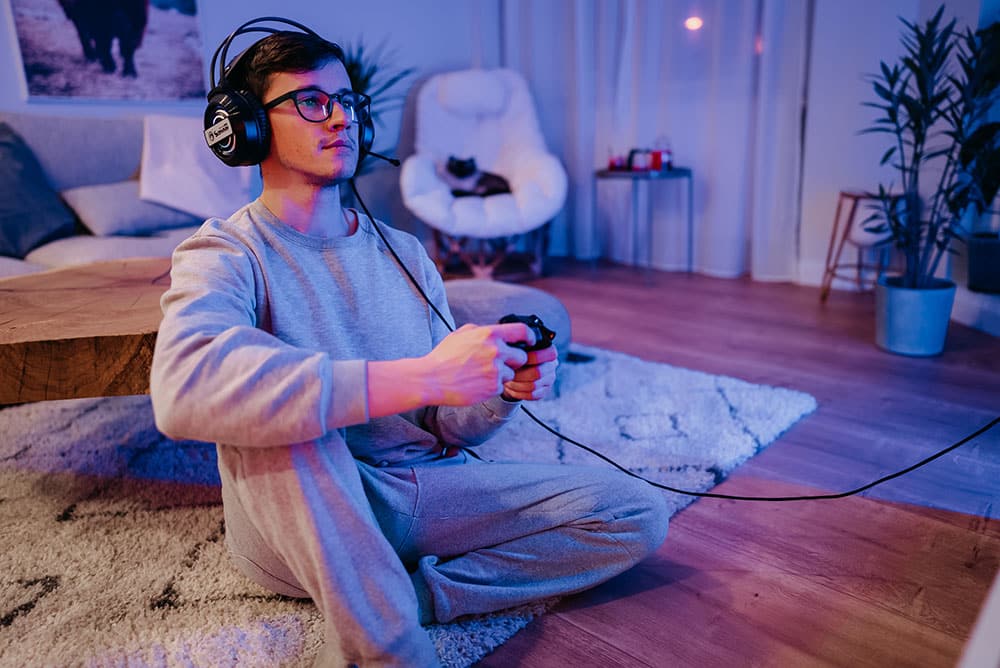
Immersion is regarded as the act of engaging the mind. In the realm of video games, immersion is the process of becoming engaged in the gaming environment or the transference of psychological consciousness from reality to the gaming environment. One study found a three-step progression of immersion among players: 1. engagement, 2. engrossment, and total immersion.
Engagement requires the lowest amount of involvement and attention. Once a player becomes engaged, his or her attention and interest are provoked enough to encourage continued gameplay. With further game involvement, a player may become engrossed. This means the amount of time, energy, and attention they are willing to give the game significantly increases, causing them to become emotionally attached to the narrative and invested in the game’s outcome. They also start to further tune out real-world stimuli.
Total immersion is a game’s ability to provoke the feeling of presence within the game environment. Players no longer cognitively disengage or separate themselves from the virtual environment. Mentally and emotionally, they are a part of the virtual world and will feel the effects of the game’s events (terror, peril, anxiety, relief) as if they were real-world events.
Survival horror video games are among the fastest-growing genre for independent video game developers. With horrific cinematic elements and fear-inducing characteristics, survival horror video games create a terrifying experience for users within a virtual environment. The balance of horror and entertainment produces player immersion.
Actor and horror icon Robert Englund (Freddy Krueger, A Nightmare on Elm Street) said video games give horror-seekers a different experience.
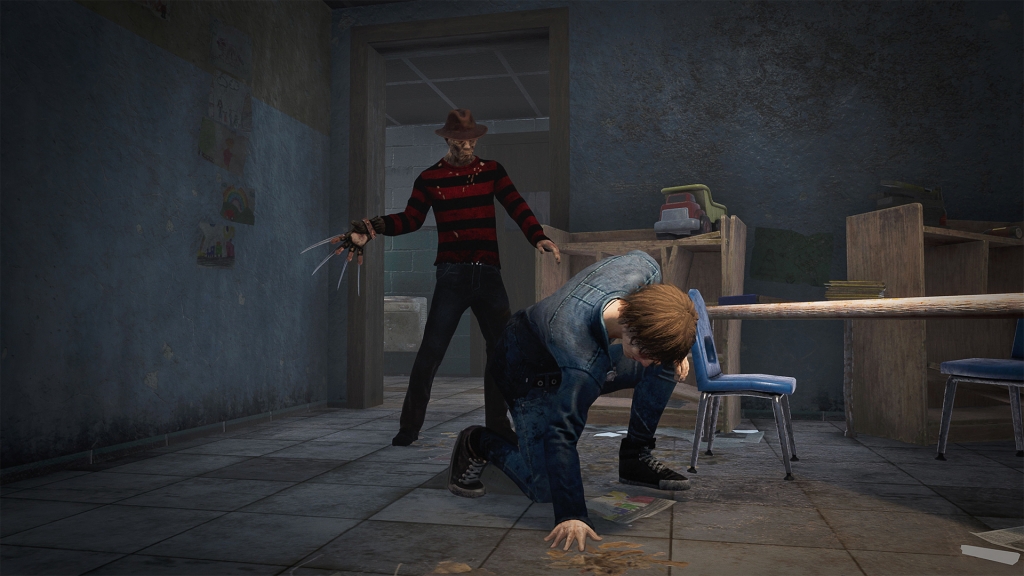
“Halloween gives fans the chance to dress up in costumes and celebrate horror, but videogames are the best way for fans to actually participate in these worlds,” he told Reuters.
Survival horror separates itself from other subgenres of horror by emphasizing the need to stay alive. Because of this, it delivers the sensations of both fear and relief, which can be incredibly therapeutic and have a positive effect on mental health and reduction in anxiety and stress.
A study conducted by Daniel Kromand found that audio is a key component in creating this immersion. Sound effects are distorted and adjusted to prevent players from distinguishing the sounds of the fictional game environment from those of reality. This causes players to progressively become more immersed in the game (Kromand, 2008).
But the benefits and thrill of immersion aren’t limited to survival horror games. Many platform-based games and those with a third-person point-of-view can have a similar effect. In these games, it is often the relationship between the players and characters that most contribute to player immersion. Players embody their characters through the act of performing as a character, which results in satisfying emotional investment.
Perception
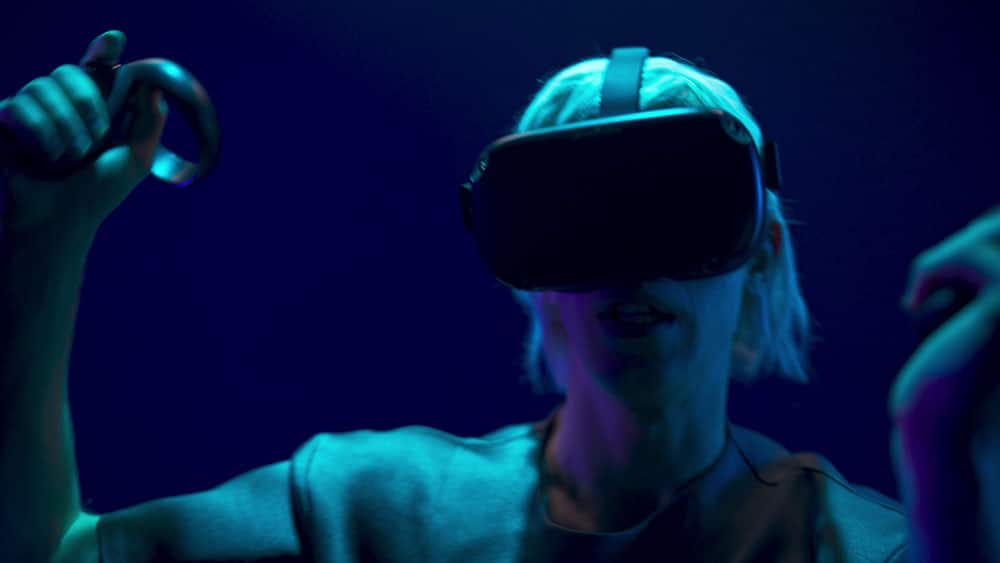
Horror games manipulate our sensory perception to create intense emotional experiences. This includes the use of sound, horrific visuals, and perspective (i.e., seeing through a victim’s eyes).
Audio is one of the key components to provoking fear in video games. Using overly-intensified audio in survival horror games is a significant part of why those games are so terrifying and addicting. We start to become unable to distinguish the sounds of the fictional game environment from those in reality. These sounds also serve to heighten anxiety and uncertainty. Games like Bioshock, Silent Hill 2, and F.E.A.R. are great examples of highly effective and immersive games that use sound to build tension and panic.
Of course, visuals play a critical role in captivating and investing players. Video games use what are known as uncanny elements, such as avatars, objects, and spaces. This term refers to Freud’s psychological theory that mixed objects with familiar and unfamiliar features can create unease.
In survival horror, the uncanny aspects are heavily seen in the relationship the player has to their avatar, the embodiment of the player that is neither dead nor living. It’s part human and part machine. In that way, we become both disoriented and fully transfixed.
The ultra-realism of many modern game graphics and advances in technology, including VR gaming, aid in the feeling that the player is truly lost in the virtual world — heightening fear, adrenaline, endorphins, and immersion.
Provocation

Besides being highly suited to entertainment and enjoyment, video games are often challenging, thought-provoking, and mentally stimulating. Challenging puzzles can keep layers on their toes, requiring them to solve mysteries, find hidden objects, navigate complex mazes, seek out important clues, or think outside the box to formulate a plan of escape or way to defeat a particular enemy.
In addition, many of these games are quite narratively satisfying and draw a player in much the way a thoughtfully-scripted movie or a good book can do. We often get games that are rich in lore, boast sophisticated, multi-faceted plots, and feature interesting, multi-dimensional characters.
The strength of horror games lies in their ability to tell stories that revolve around a character’s survival and growth. What begins as a fun, fear-based game about monsters, demons, infected zombies, or alien invaders soon evolves into a compelling mystery about why evil has taken hold and if/how it can be defeated. The best horror games are often full of unexpected twists and new developments that keep a player hooked long after the initial thrill of the atmospheric visuals and gameplay have subsided.
If you want strong evidence of this, look at the enduring popularity of The Last of Us, one of Sony’s best-selling video game franchises.
Because of the game’s riveting storyline, powerful emotional connections, and flawed but engaging characters, the game and its sequel sold over 37 million copies. The game struck such a chord with the public that it was adapted for a series on HBO, which in and of itself has become a juggernaut. Over 10 million subscribers tuned in to watch the show’s premiere, and ratings have only continued to climb for subsequent episodes.
A second season is already in development, and series creators — as well as fans of the game — promise an even more affecting and engrossing story as the second chapter unfolds.


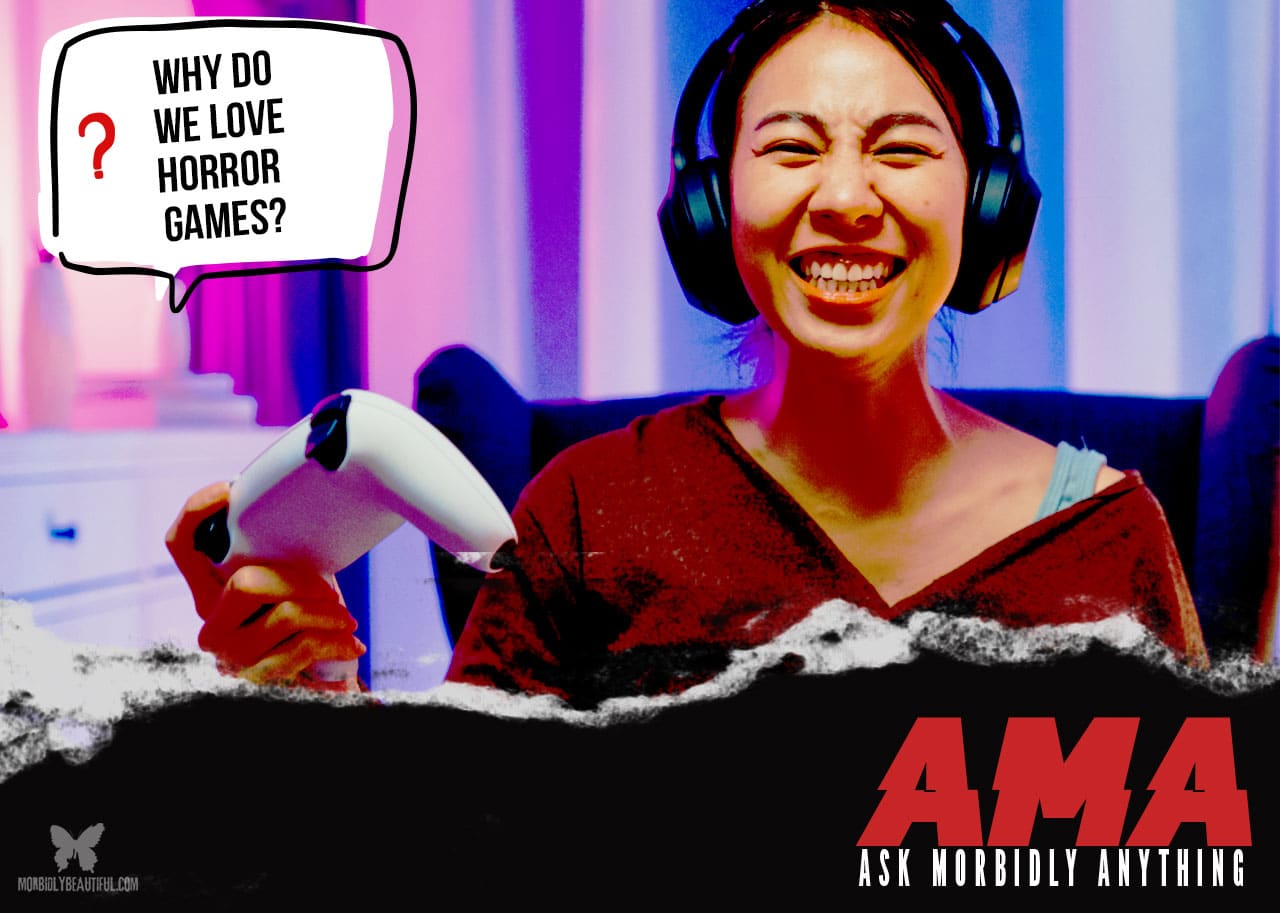
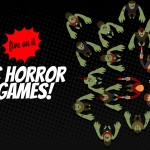











Follow Us!